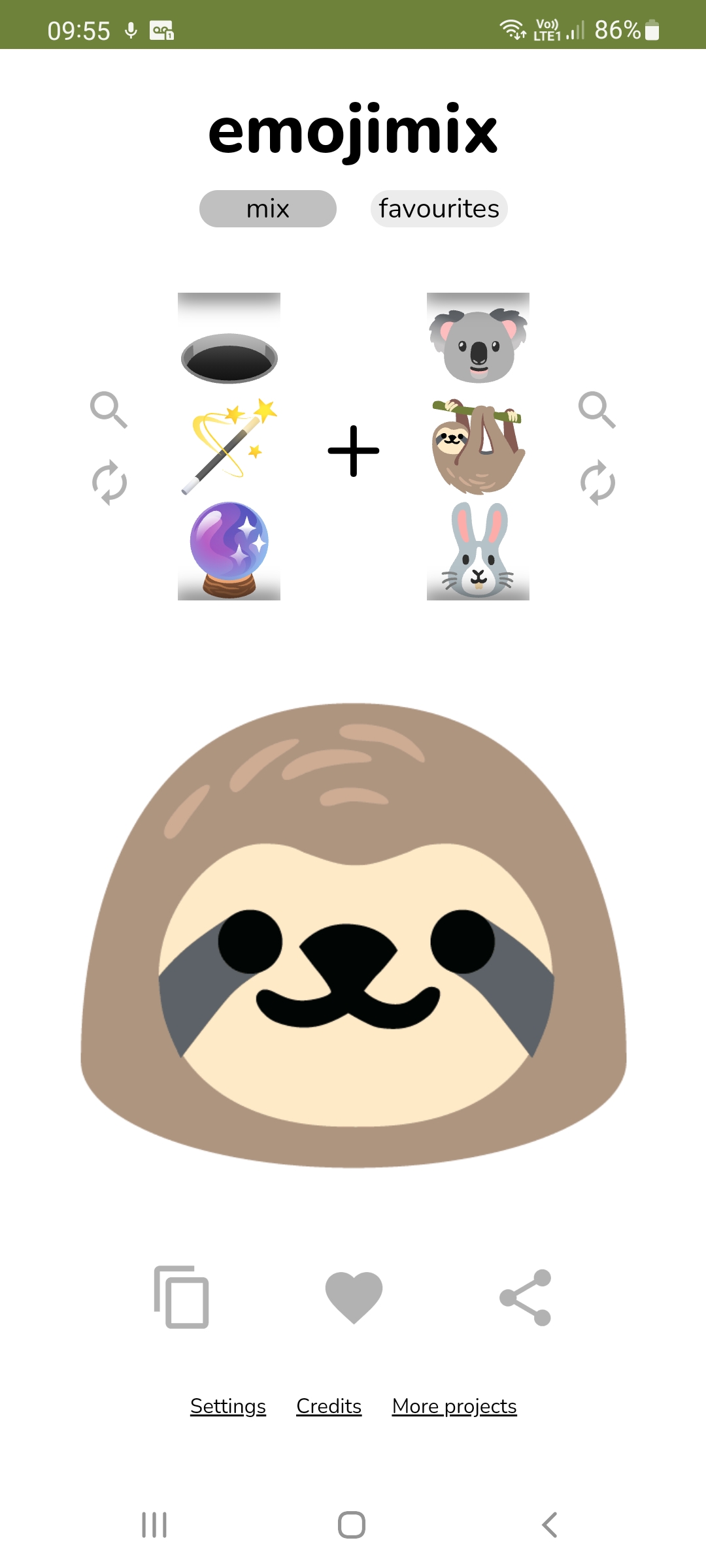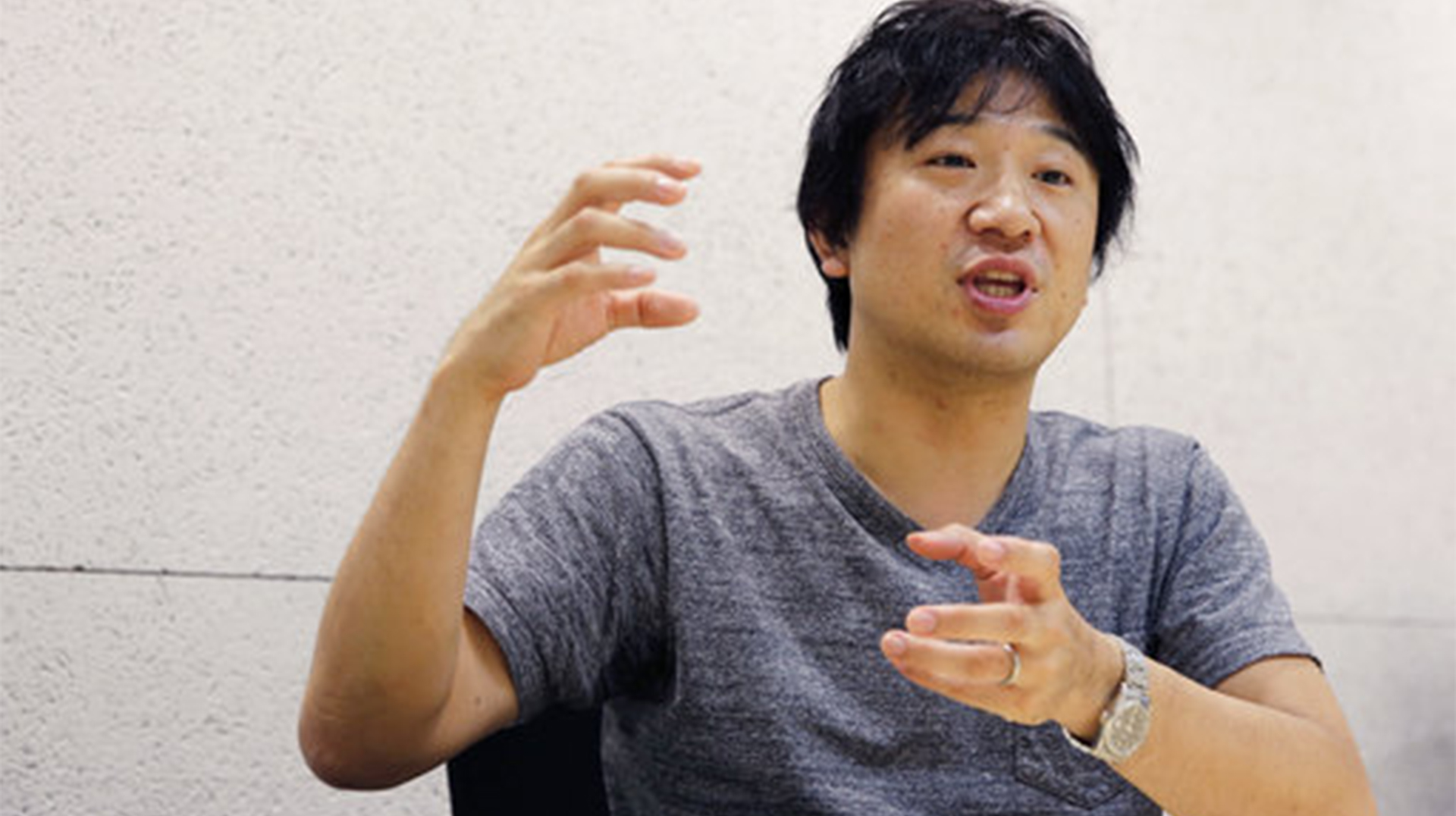:quality(85)/cloudfront-us-east-1.images.arcpublishing.com/infobae/2AC52JRQAVD4NIQYDYZANYDWNM.jpg 420w)
Emojis have become part of language. They are used to replace words or accompany texts in order to give a different touch or humor to messages.
Well, fans of this new communication variant can resort to a new application that allows you to combine emojis.
This is emojimix, a free application that can be downloaded to your mobile phone and allows you to create creations in just a few steps. It is only available for Android.
The user interface is very simple. You will see two sets of icons with a plus sign in the middle. You have to slide your finger through each of the groups, the wheel will spin and stop on an image. Also, you can move slowly to choose the desired design.
Then the two selected icons are added together and the combined emoji appears.
The result can be copied and pasted into chats or tap on the share icon to derive it directly into the desired conversation. You have to know that they are shared with a background and in large size, so they will appear more prominent than any regular emoji or sticker.

Currently, there are more than three thousand emojis to describe almost all kinds of objects, emotions, activities and professions. In recent times, more and more inclusive alternatives representing different groups and realities have been added.
Such is the importance that this form of virtual communication has gained that in 2015, the Oxford dictionary named the emoji in the shape of a face with tears of laughter, as the word of the year.
In addition, this emoji is considered to be the most used by most people on the planet.
How are emojis created
Emojipedia is the body responsible for documenting the different emojis and their meanings. This space was created in 2013 by Jeremy Burge, connoisseur and fan of these graphics.
The entity is a member of the Unicode Consortium, an NGO that is responsible for the development and adoption of a coding standard designed to facilitate the transmission of texts in different languages.
Major technology companies are part of this group, which is also made up of independent individuals, educational institutions and researchers. In short, anyone who comes before them and can demonstrate that they seek to contribute to the objective of this entity.
Anyone can propose emojis and present them to the Unicode Consortium, which, in this sense, functions as a “Royal Academy of Emojis”.
And it is that they are responsible for evaluating the proposals and deciding which graphics will be part of this new universal language.
The page details how to present the proposal, which, among other things, must include the graph, its meaning and relevance to be considered.
The emoji is put to the vote and must pass several instances. Every year, new emojis are selected and incorporated that, starting in June, begin to arrive on the different platforms that incorporate them in different variants.
A bit of history

The first emojis (which in Japanese means “graphics” and “characters”) were created in the 90s by Shigetaka Kurita. The Japanese engineer developed icons for iMode, the mobile internet platform of the NTT Docomo telephone company.
The goal was to create a simple form of communication to share information, and so was Kurita presented 176 emojis, which are now part of the permanent exhibition of the Museum of Modern Art in New York.

Back then they were 12×12 pixel graphics, because that was all that could enter the screens of cell phones of that time. Over time, mobile phones grew in size and added quality.
With these advances in hardware, there were also more possibilities in the world of software and creativity accompanied by a wide variety of emojis, graphics that are now part of everyday language.
KEEP READING:
